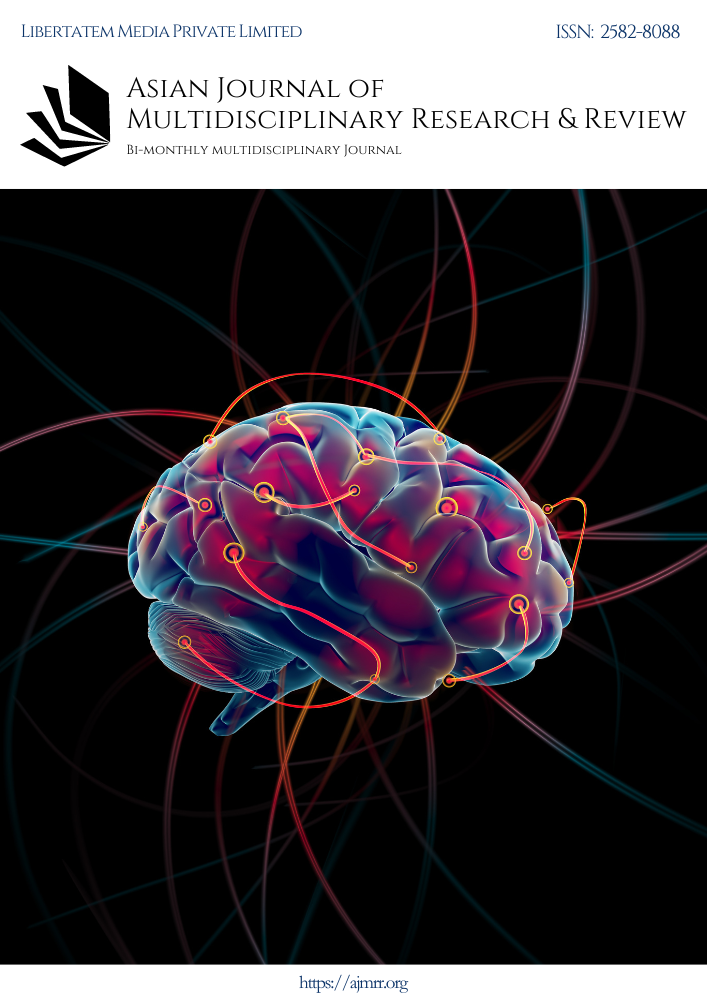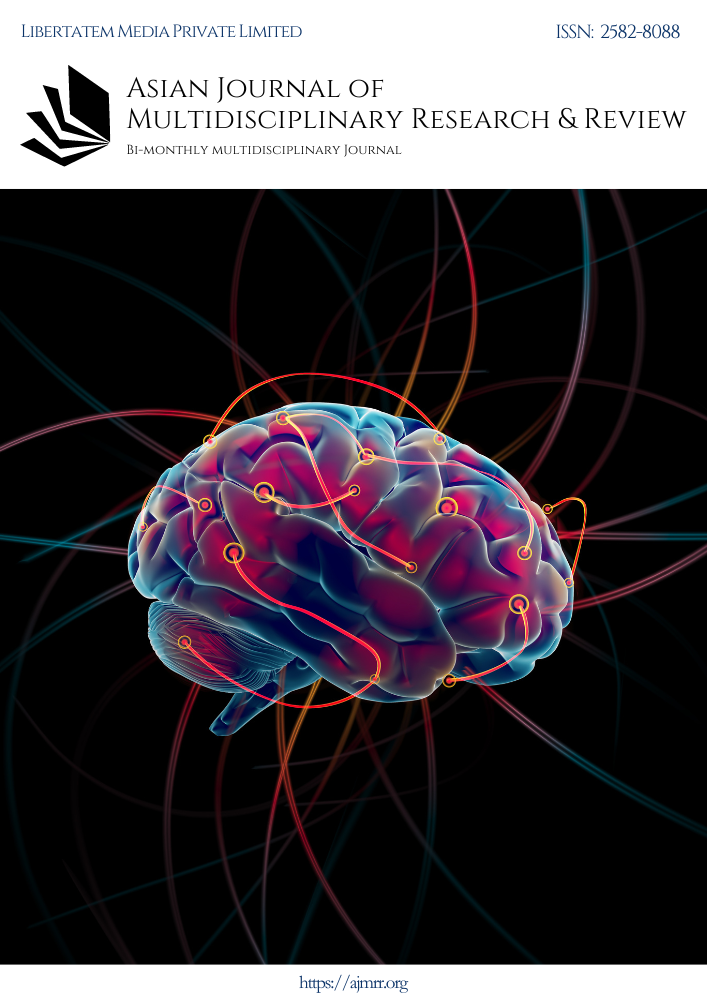WHERE MESSY MOULD BECAME A BACTERIA KILLER: STORY ABOUT ST. MARY'S HOSPITAL, PADDINGTON, LONDON, UK
Abstract
The discovery of PENICILLIN has changed the way we treat bacterial infections, and it is one of the most spectacular medical discoveries of the 20th century. St Mary's Hospital in Paddington - London is the birthplace of this remarkable finding, and it is a fitting tribute to the work of sir Alexander Fleming. Visitors to the hospital can take a tour and visit the very room in which the discovery was made, as well as the museum dedicated to the history of penicillin. It is a place which reminds us; that sometimes great discoveries can come from the most unlikely of places - in this case, a messy mould in a petri dish…
St Mary’s Paddington in London has an incredible history, one that began in 1845 when the church was built to serve the growing population of the area. Beautiful example of Victorian Gothic style, with its towers and spires dominating the skyline. Inside, visitors can admire its stained glass windows, ornate carvings, and intricately painted ceilings. The temple also houses a number of artefacts and relics.…, but this story is about more famous construction at the heart of so called “ The little Venice district”, strictly related to the Hospital. The birthplace of one of the most pioneering medical findings of the 20th century – penicillin. It was here in 1928, in the research laboratories of the hospital, that Alexander Fleming made his cutting-edge invention of the antibiotic, which revolutionised the treatment of bacterial infections. Fleming’s initial discovery was not a major breakthrough.
Downloads
Downloads
Published
Issue
Section
License

This work is licensed under a Creative Commons Attribution-NonCommercial-ShareAlike 4.0 International License.
License Terms
Ownership and Licensing:
Authors of research papers submitted to the Asian Journal of Multidisciplinary Research & Review (AJMRR) retain the copyright of their work while granting the journal certain rights. Authors maintain ownership of the copyright and grant the journal a right of first publication. Simultaneously, authors agree to license their research papers under the Creative Commons Attribution-ShareAlike 4.0 International (CC BY-SA 4.0) License.
License Permissions:
Under the CC BY-SA 4.0 License, others are permitted to share and adapt the work, even for commercial purposes, as long as proper attribution is given to the authors and acknowledgment is made of the initial publication in the Asian Journal of Multidisciplinary Research & Review. This license allows for the broad dissemination and utilization of research papers.
Additional Distribution Arrangements:
Authors are free to enter into separate contractual arrangements for the non-exclusive distribution of the journal's published version of the work (e.g., posting it to institutional repositories or publishing it in books), provided they acknowledge the initial publication of the work in the Asian Journal of Multidisciplinary Research & Review.
Online Posting:
Authors are encouraged to share their work online (e.g., in institutional repositories or on personal websites) both prior to and during the submission process to the journal. This practice can lead to productive exchanges and greater citation of published work.
Responsibility and Liability:
Authors are responsible for ensuring that their research papers do not infringe upon the copyright, privacy, or other rights of any third party. The Asian Journal of Multidisciplinary Research & Review disclaims any liability or responsibility for any copyright infringement or violation of third-party rights in the research papers.



